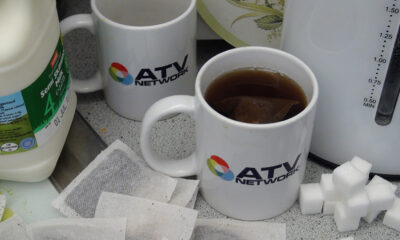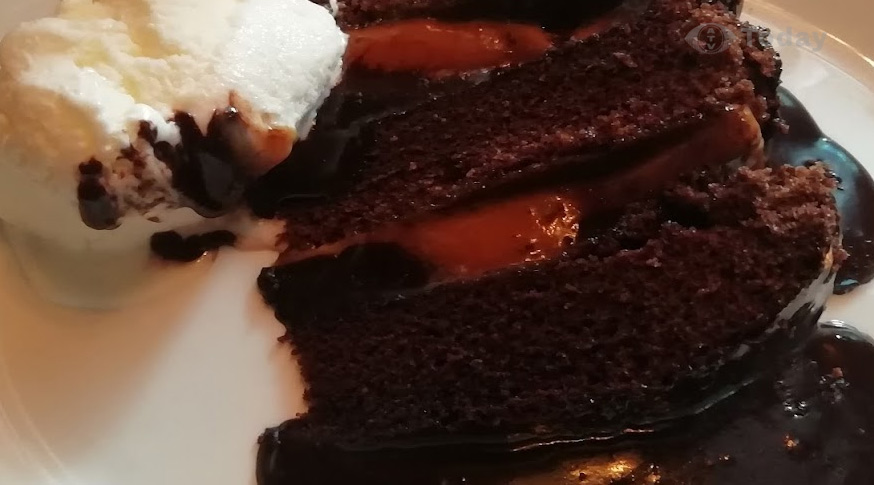With Christmas Day speeding towards us, let’s think food…
But let us for a change look to after the main course and not everyone has to have Christmas Cake, not everyone likes Christmas Cake. So how about some alternatives? However, many of our favourite desserts have pronunciations that are not even remotely similar to how they are spelled. Back in 2003 Susie Samson (Emma Noble) had terrible trouble pronouncing ‘Crème brûlée‘ in Crossroads, but how many of us have done similar and said these dishes entirely the wrong way?
To get you sounding like a baking expert in no time, the team at QuillBot has rounded up some of the weirdest and most wonderful desserts around the world along with detailed pronunciations…
Beignet
As a classic French pastry, beignets are square-shaped deep-fried doughnuts typically sprinkled with sugar and filled with sweet sauces like Nutella or other flavours. If you thought this classic dessert was “be-je-net, ” you would actually be mistaken. The correct way to pronounce this sticky soft treat is actually “ben-YAY.”.
Croissant
If the French are known for one thing when it comes to food, it’s their pastries. Now part of a classic continental breakfast and a tasty way to start the day, croissants are buttery, flaky pastries that are made from laminate dough and can be enjoyed filled with chocolate or, for those that prefer something more savoury, ham & cheese. But like a lot of desserts, they can be difficult to pronounce. The correct way to say it is “cro-san,” with the “R” typically rolled and the “T” remaining silent.
Mochi
Mochi is a sticky dessert traditionally made in Japan that contains rice pounded together to form a chewy dough. It can be filled with all kinds of fillings too, such as ice cream and can come in every flavour imaginable, from matcha to strawberry, passionate, and more.
You can enjoy the dessert all year round, but it is particularly popular during Japanese New Year celebrations. If you’re still unsure how to pronounce the soft elasticity dessert, the correct pronunciation is “Moh-Chee” with the Chi sounding like ‘Chee”.
Crème brûlée
As a dessert that is made of creamy custard and topped with a layer of the hard caramelised sugar, it’s understandable to see why it’s so popular among those with a sweet tooth. But like many classic desserts, it can be hard to get the pronunciation of the delightful treat right. It turns out that the correct way to say it is “Crem-Broo-LAY,” with the “crem” referring to the creamy custard and the “Broo-LAY” meaning the burnt caramelised sugar on top.
Frangipane
If you’re a lover of tarts when it comes to desserts, then you will no doubt have come across a frangipane. Frangipane is typically a sweet almond-flavoured pastry cream that is used as a filling in tarts such as the French Galette des Rois or almond tarts, where its creamy and nutty flavours complement its pastry crust. To pronounce frangipane, you emphasise the first syllable and pronounce “G” as “zh”—like “Fran-ZHEE-PAN.”.
Baklava
Originating in the middle-east Baklava is a dessert consisting of sweet pastry layered with walnuts or pistachios that give it sweetness and a crispy texture. Often enjoyed as a dessert during festive occasions in Turkey, the correct way to pronounce Baklava is “Bak-Lah-Va.
Tiramisu
Made of layers of coffee-soaked lady fingers, mascarpone cheese, and cocoa powder, with often a hint of liqueur, Tiramisu originates from Italy and literally means pick-me-up in Italian. The classic dessert is pronounced “Teer-Ra-Mee-Soo.”











